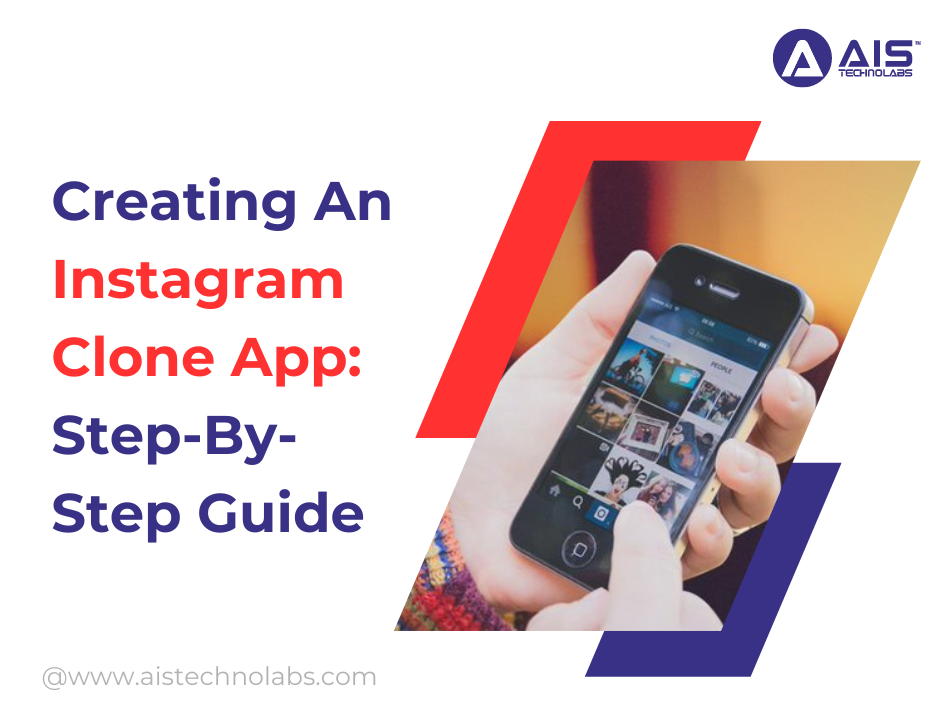A Step-by-Step Guide: Creating an Instagram Clone with Android
- AIS Technolabs

- Jun 6, 2022
- 2 min read

In today's digital age, social media platforms have become an integral part of our lives. Instagram, with its visually appealing interface and vast user base, has gained immense popularity.
If you've ever wondered how to create your own version of Instagram, this step-by-step guide will walk you through the process of creating an Instagram clone with Android. By following these instructions, you'll gain valuable insights into Android app development and unleash your creativity in the world of social media.
Step 1: Set Up Your Development Environment
To get started, ensure that you have the necessary tools and software installed on your computer. This includes Android Studio, the official Integrated Development Environment (IDE) for Android app development. Once installed, create a new project and configure it to match your desired app specifications.
Step 2: Designing the User Interface
The user interface is a crucial aspect of any app, especially a social media platform like Instagram. Design your app's layout using XML files in Android Studio. Pay attention to elements such as the login screen, news feed, profile page, and image sharing functionality. Consider incorporating modern design principles and create a visually appealing interface.
Step 3: Implement User Authentication
User authentication is a fundamental feature of any social media app. Integrate a login and registration system using Firebase Authentication, a popular backend service. This will allow users to create accounts, log in securely, and protect their personal information.
Step 4: Building the Backend
For the Instagram clone to function properly, you'll need a backend server to handle data storage and retrieval. Use Firebase's Realtime Database or Firestore to store user data, posts, comments, and other relevant information. Implement necessary APIs to handle user interactions and data synchronization between the app and the backend.
Step 5: Uploading and Displaying Images
One of the core functionalities of Instagram is the ability to upload and share images. Utilize Firebase Storage to store and retrieve images uploaded by users. Implement image compression techniques to optimize storage usage and enhance app performance. Display the uploaded images in the news feed and user profiles.
Step 6: Implementing Social Features
To create an engaging social media experience, include features such as following other users, liking and commenting on posts, and direct messaging. Implement appropriate APIs and database structures to handle these interactions effectively. Enable users to discover and connect with others, fostering a sense of community within your app.
Step 7: Testing and Debugging
Thoroughly test your Instagram clone app on various devices, screen sizes, and Android versions. Use Android Studio's built-in debugging tools to identify and fix any issues or bugs. Solicit feedback from beta testers to ensure a smooth and user-friendly experience.
Conclusion:
By following this step-by-step guide, you can embark on your journey of creating an Instagram clone with Android. From designing the user interface to implementing social features, each step contributes to building a comprehensive social media platform.
Remember, while creating a clone app is a great learning experience, it's important to respect intellectual property and consider adding unique features to make your app stand out. So, unleash your creativity, dive into the world of Android app development, and bring your vision of a social media platform to life.


Comments